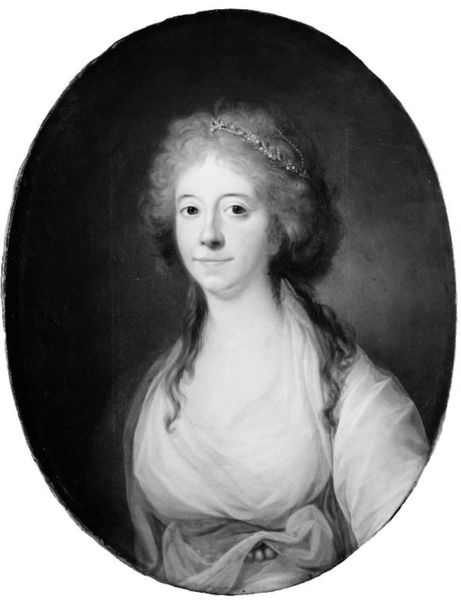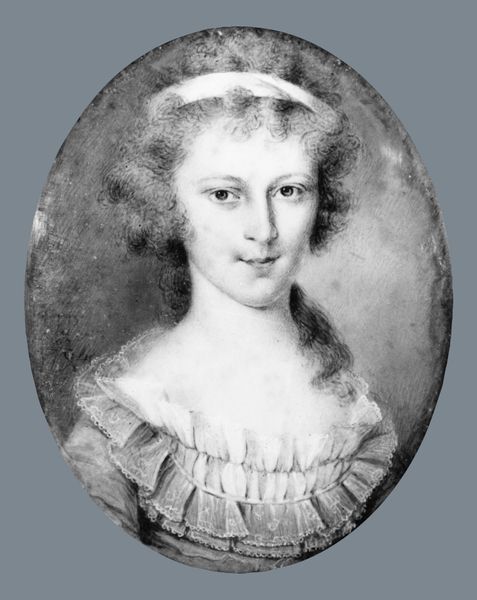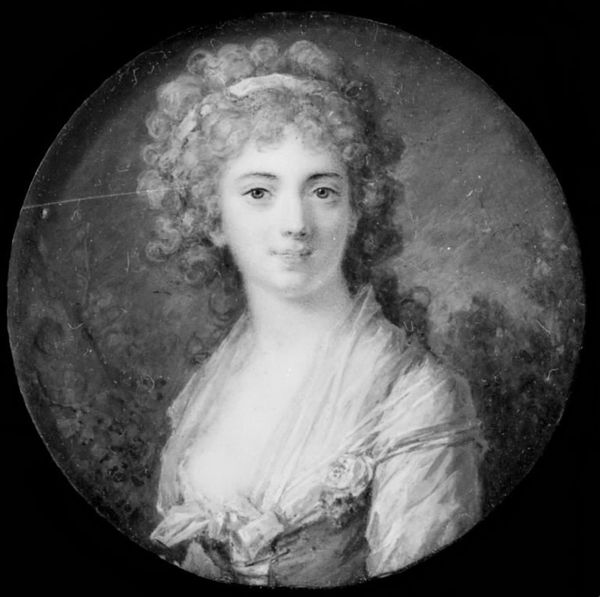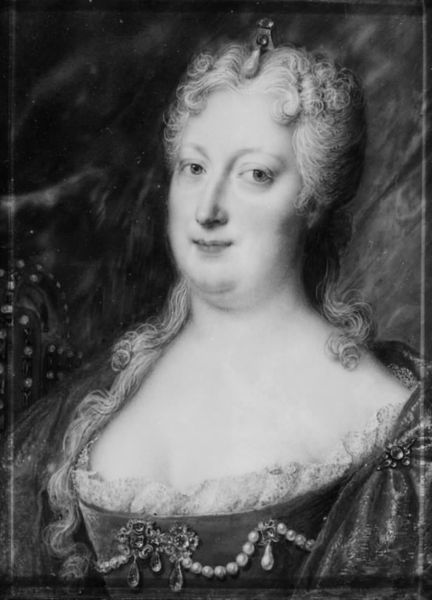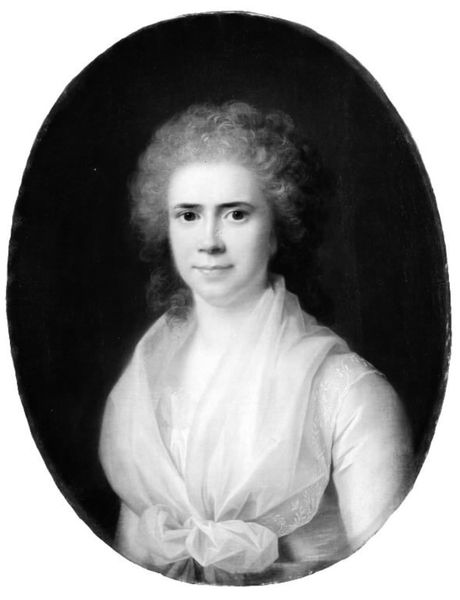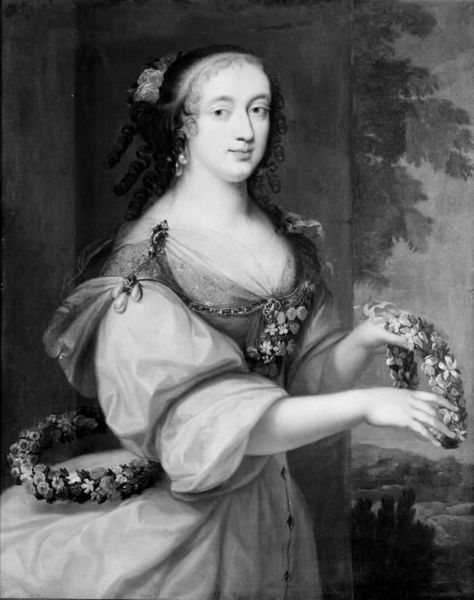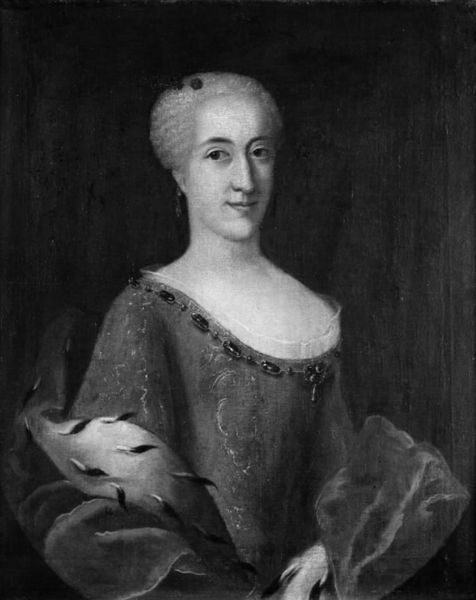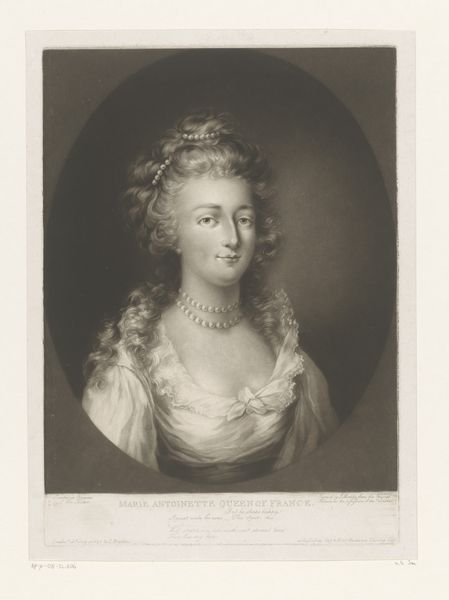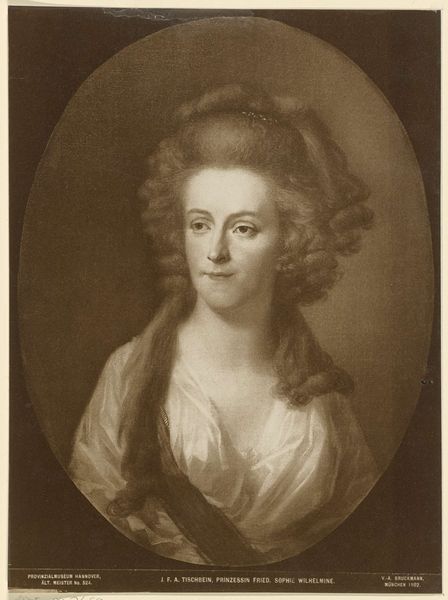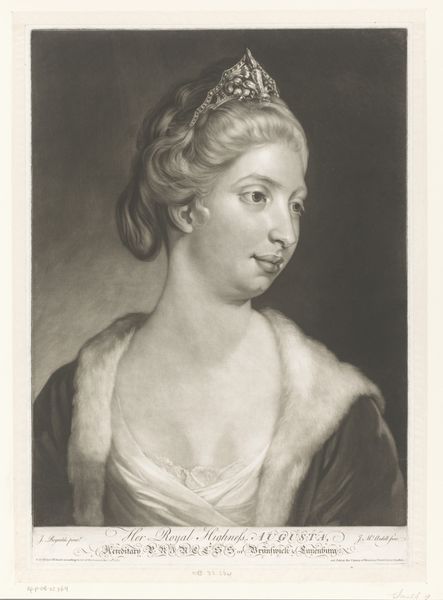
painting, oil-paint, canvas
#
portrait
#
neoclacissism
#
allegory
#
portrait
#
painting
#
oil-paint
#
canvas
#
black and white
#
history-painting
Dimensions: 58 cm (height) x 47.5 cm (width) (Netto)
Editor: Here we have Erik Pauelsen's "Venus Urania," an oil on canvas completed in 1786. The neoclassical style renders the subject in such stark contrast. It feels so...clinical. What do you see in this piece? Curator: Clinical, yes, but also consider the socio-political backdrop against which Pauelsen paints. This Venus isn’t just beautiful; she's an allegory, a carefully constructed ideal of enlightenment reason. This wasn’t a society that wanted raw emotion from women, even allegorical ones, so it speaks volumes that she embodies a sort of...intellectualised femininity. Don't you agree? Editor: So the black and white helps to create that detached feeling? Almost like a sculpture? Curator: Exactly! Neoclassicism often did evoke sculpture as a deliberate gesture toward antiquity. Think about the ideals it presented. Now, consider the woman depicted: is this *her* power or is she being utilized to represent a societal projection? Does this reading alter how you approach the portrait? Editor: I suppose it’s both? The artist might've been inspired, but also influenced by the restrictive conventions of his time. How interesting that her crown of stars doesn't represent glory as much as constraint. Curator: Precisely! And in that constraint, there's a tension to be explored. The history-painting theme opens avenues to examine intersectional paradigms. It is exciting that looking at a work of art invites questions and possibilities. Editor: I've definitely gained a broader appreciation. There are always societal layers within artworks which determine the perspective, be it historical, gendered, or more. I won't look at neoclassical portraits the same way!
Comments
No comments
Be the first to comment and join the conversation on the ultimate creative platform.

